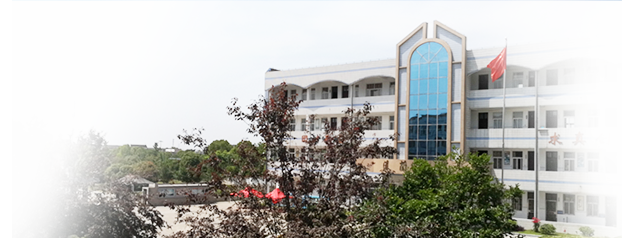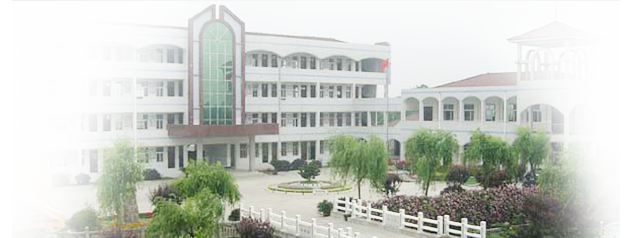Local time
In the following example code fragment, the universal time offset is
added to the universal time, giving the local time. The universal time
offset is determined by the locale's time zone. The offset is in
seconds from universal time; this is positive for time zones east of
universal time, and negative for time zones west of universal time.
TTime time;
TLocale locale;
// Get Universal time
time.UniversalTime();
// Get Universal time offset
TTimeIntervalSeconds universalTimeOffset(locale.UniversalTimeOffset());
// Add locale's universal time offset to universal time
// to get the local time
time+=universalTimeOffset;
--------------------------------------------------------------------------------
Home time
Universal time offset alone does not determine a locale's home time.
The daylight saving offset should also be taken into account.
Use TLocale::QueryHomeHasDaylightSavingOn() to determine whether daylight saving is in effect for the home locale.
...
// If home daylight saving in effect, add one hour offset.
if (locale.QueryHomeHasDaylightSavingOn())
{
TTimeIntervalHours daylightSaving(1);
time+=daylightSaving;
}
...
time now contains the home time. This may be tested by calling TTime::HomeTime(), which should give the same result.
TTime homeTime;
homeTime.HomeTime(); // homeTime==time
栏目列表








 账号登录
账号登录